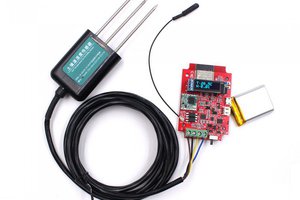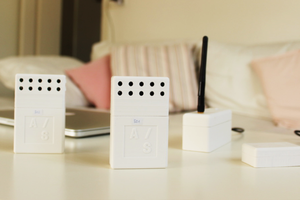The following low cost ocean sensor nodes can be mix & matched to form optimal density for each sensor type, to match ocean monitoring needs.
The shared node platform consists of IP-68 waterproof housing, LoRa for low power long range intra-node wireless communication, GPS, beacon light, solar panel, Intel Edison/Curie as MCU and data processor, IMU, power module with rechargeable battery, flash storage, and underwater weight/tether.
Weather Node contains air temperature, light, and wind speed sensors. These sensors are deployed on top of the platform and require waterproofing. Data is used for real time ocean climate monitoring & weather predication.
Water Node uses underwater sensors for pH, dissolved oxygen, opacity, salinity, and temperature. This provides much needed data on warming ocean temperature, acidification, and other ocean changing conditions that may threaten marine life.
On board IMU and GPS monitors ocean waves and current drifts. Ocean currents is not well understood in vast ocean areas. A distributed sensor network that is low cost enough to send drifting with ocean current will provide valuable new insights.
Marine Life Node uses hydrophone to monitor acoustic signals from both ocean life and ships. Marine life, especially marine mammals, generate distinct underwater acoustic signals. This helps us better understand marine life density and migration patterns. Ship activities such as fishing also generate distinct acoustic signatures. This data can be used to monitor human activities, detect illegal fishing, and protect ocean resources. Underwater monitor can be added to provide images and videos of underwater marine life activities.
Satellite Node provides shared global communication to all sensor nodes, provide a node can trace multiple hops of up to 15km each to a satellite node. This shared global link reduces cost on other nodes, as other nodes only need to support LoRa communication on a peer to peer network


 Makerfabs
Makerfabs
 Mario Frei
Mario Frei
 Danie Conradie
Danie Conradie
Thank you Dave for your ideas and suggestions. Happy to see we share the same interests. Your idea on chromatic signatures is very cool. I will study it.
I spoke to a number of people working on ocean monitoring and conservation. They all want more data so a system like this can really help. I’d like to push this forward. Hope to find funding for prototypes.